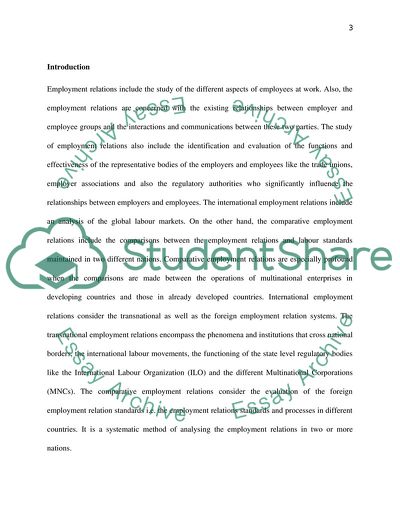Cite this document
(International & Comparative Employment Relations Essay - 1, n.d.)
International & Comparative Employment Relations Essay - 1. https://studentshare.org/human-resources/1848894-international-comparative-employment-relations
International & Comparative Employment Relations Essay - 1. https://studentshare.org/human-resources/1848894-international-comparative-employment-relations
(International & Comparative Employment Relations Essay - 1)
International & Comparative Employment Relations Essay - 1. https://studentshare.org/human-resources/1848894-international-comparative-employment-relations.
International & Comparative Employment Relations Essay - 1. https://studentshare.org/human-resources/1848894-international-comparative-employment-relations.
“International & Comparative Employment Relations Essay - 1”. https://studentshare.org/human-resources/1848894-international-comparative-employment-relations.


